Project Setup
Setting up FastAPI project type in PyCharm Professional.
Hello everyone! Welcome to the PyCharm FastAPI Tutorial Series.
In this tutorial we are going to set up the FastAPI project with PyCharm. We are going to use the PyCharm Professional EAP 2021.3 which includes a FastAPI project type. EAP stands for Early Access Program but very soon it will be part of the stable release.
- Note: Just for your information, I am running this entire project in a virtual machine through VMWare workstation which has Ubuntu 20.04 LTS
Virtual Environment
Let’s begin. So, before going ahead we have to create a virtual environment. If you are interested you can even create a virtual environment from PyCharm itself, but I would like to go with the terminal.
python3 -m venv FastEnv
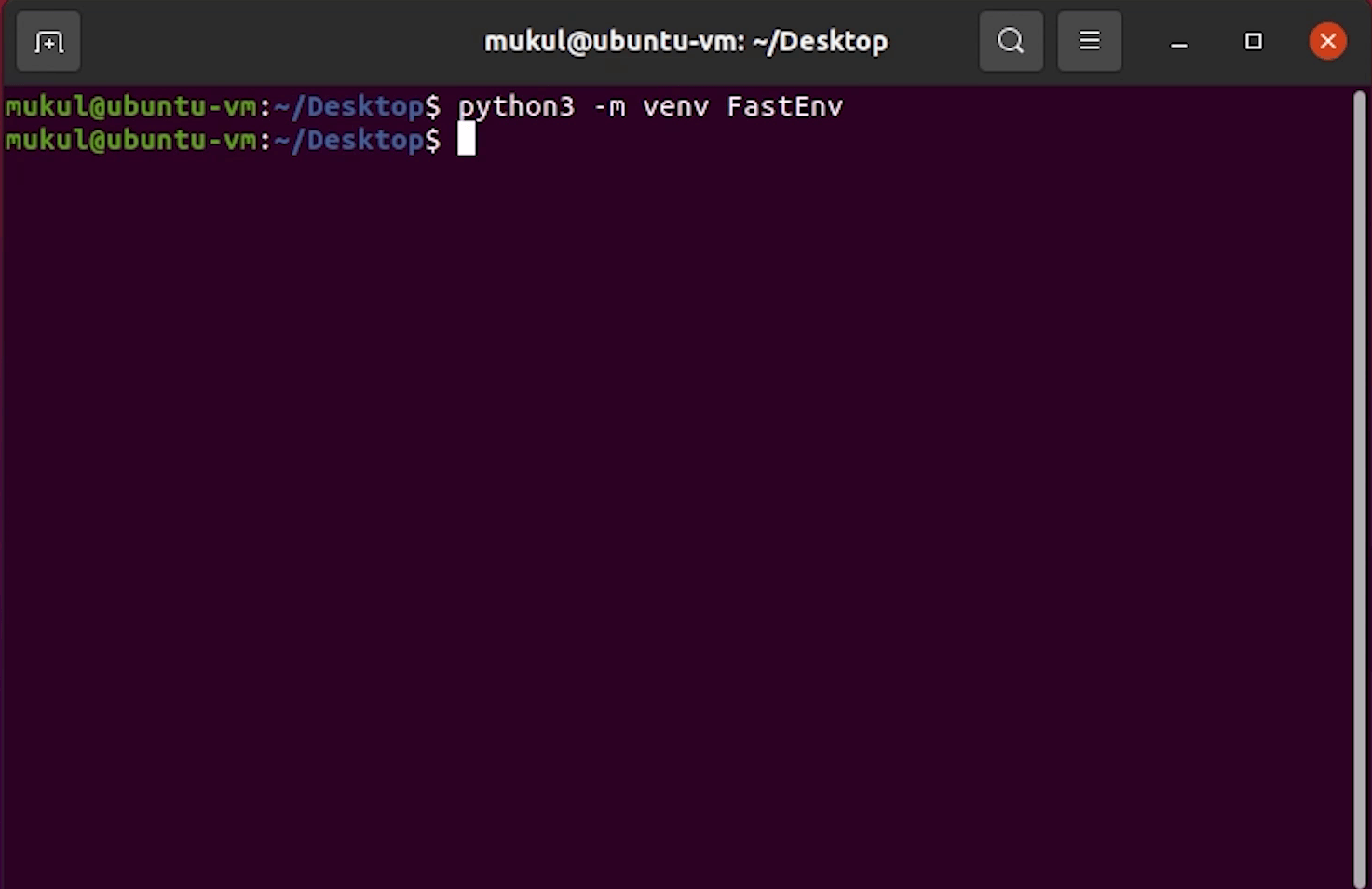
Once environment has been successfully created, we will move ahead with PyCharm.
JetBrains Toolbox
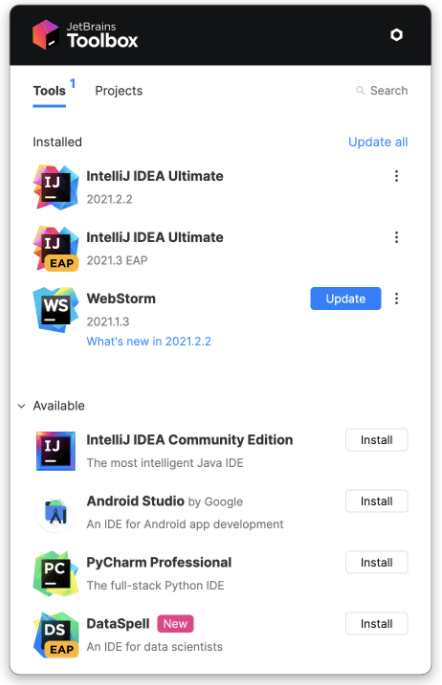
So, for running PyCharm in my system, I normally use the Toolbox offered by Jetbrains.
Definitely a great tool for saving time & effort.
- Updates automatically
- Update the plugins together with IDE
- Roll back and downgrade
- Maintain multiple versions side by side
- Use different products offered by Jetbrains
I am going to use PyCharm 2021.3 EAP, because it contains the FastAPI project type.
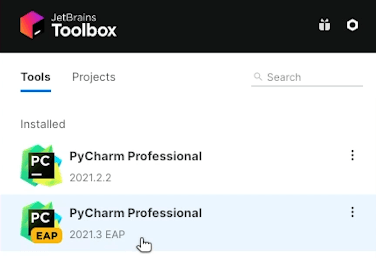
Creating a New Project
I will click on New Project.
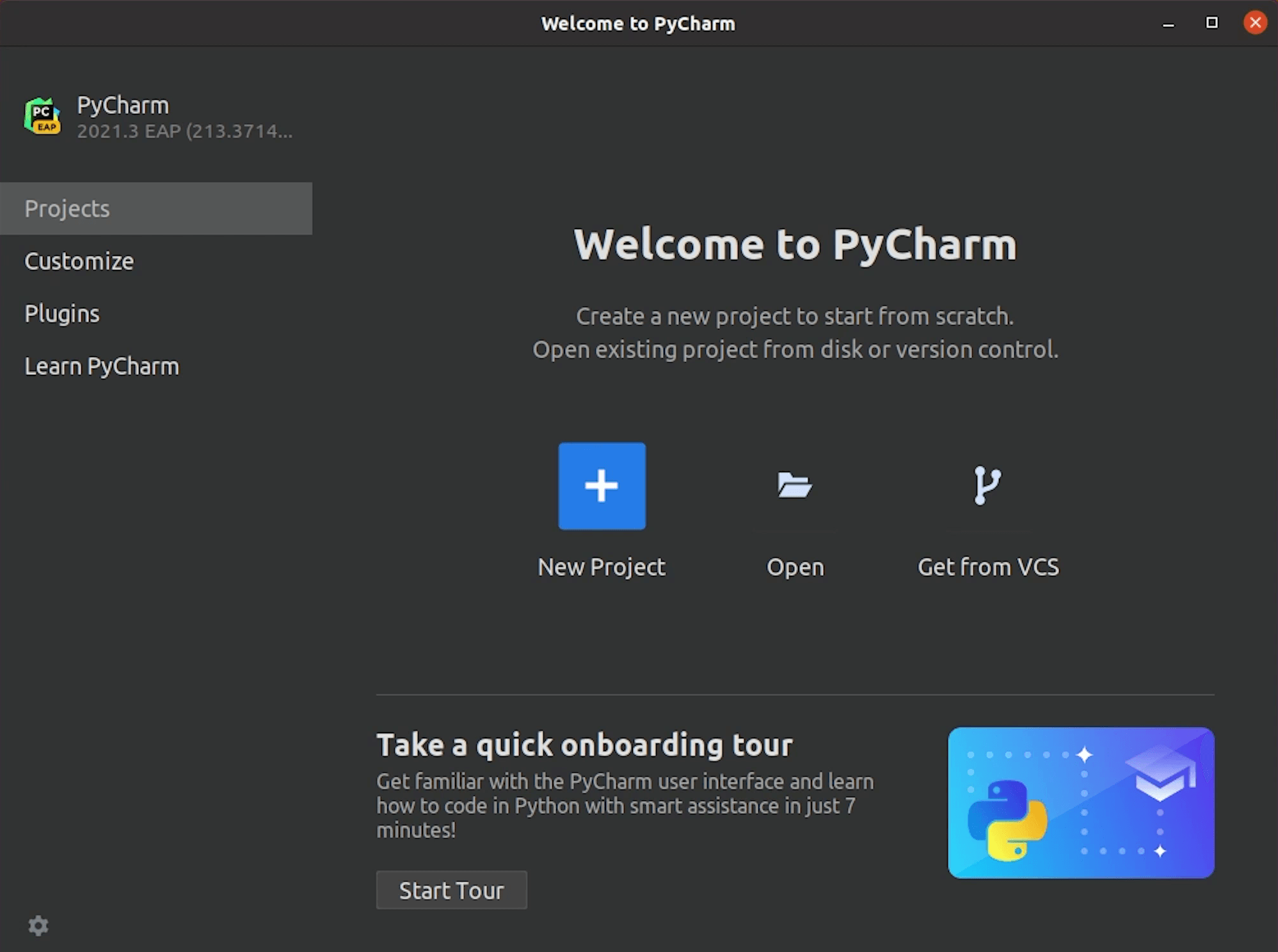
You can observe on the left side the FastAPI.
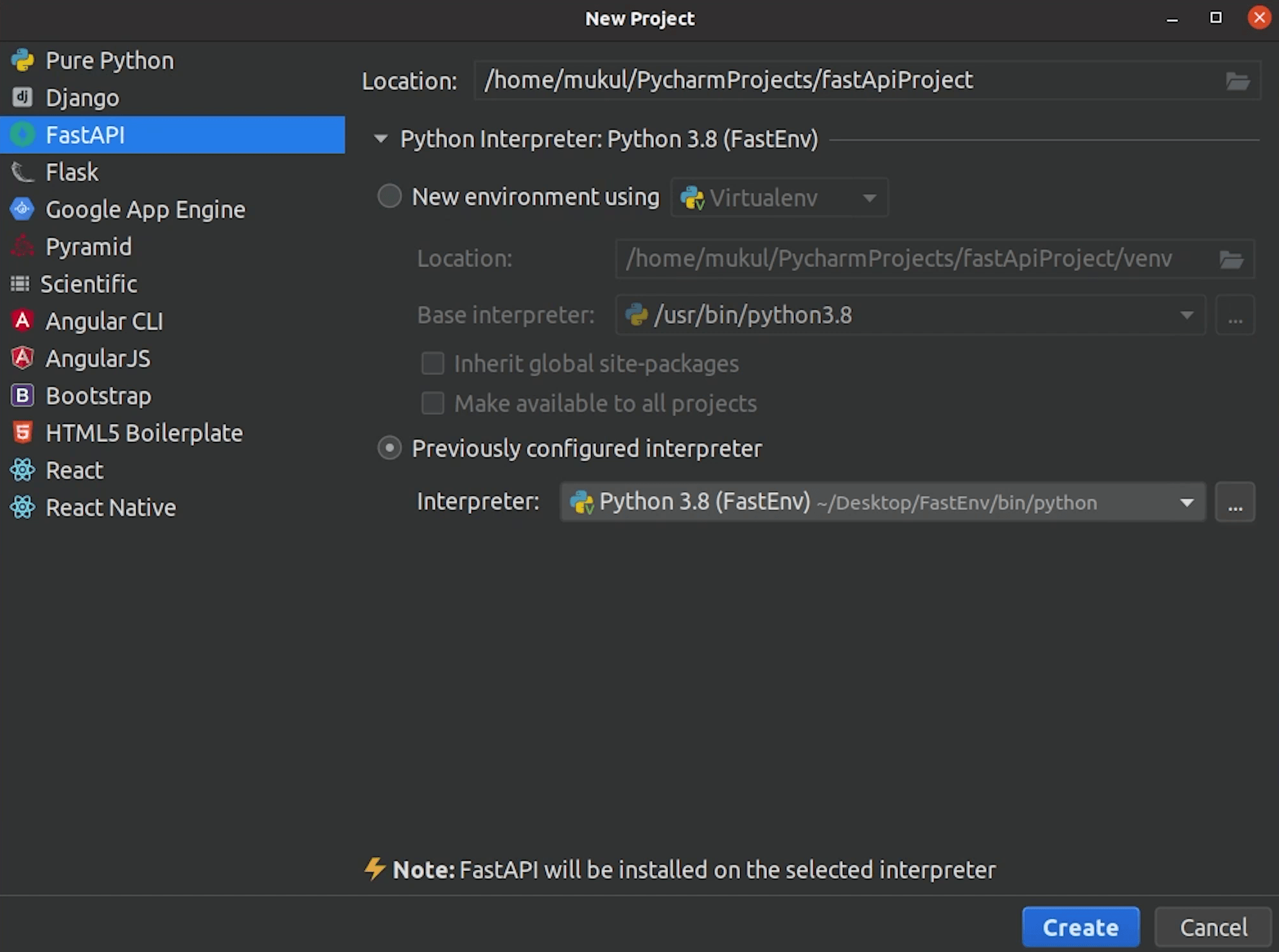
I am going to change the project location to ecommerce.
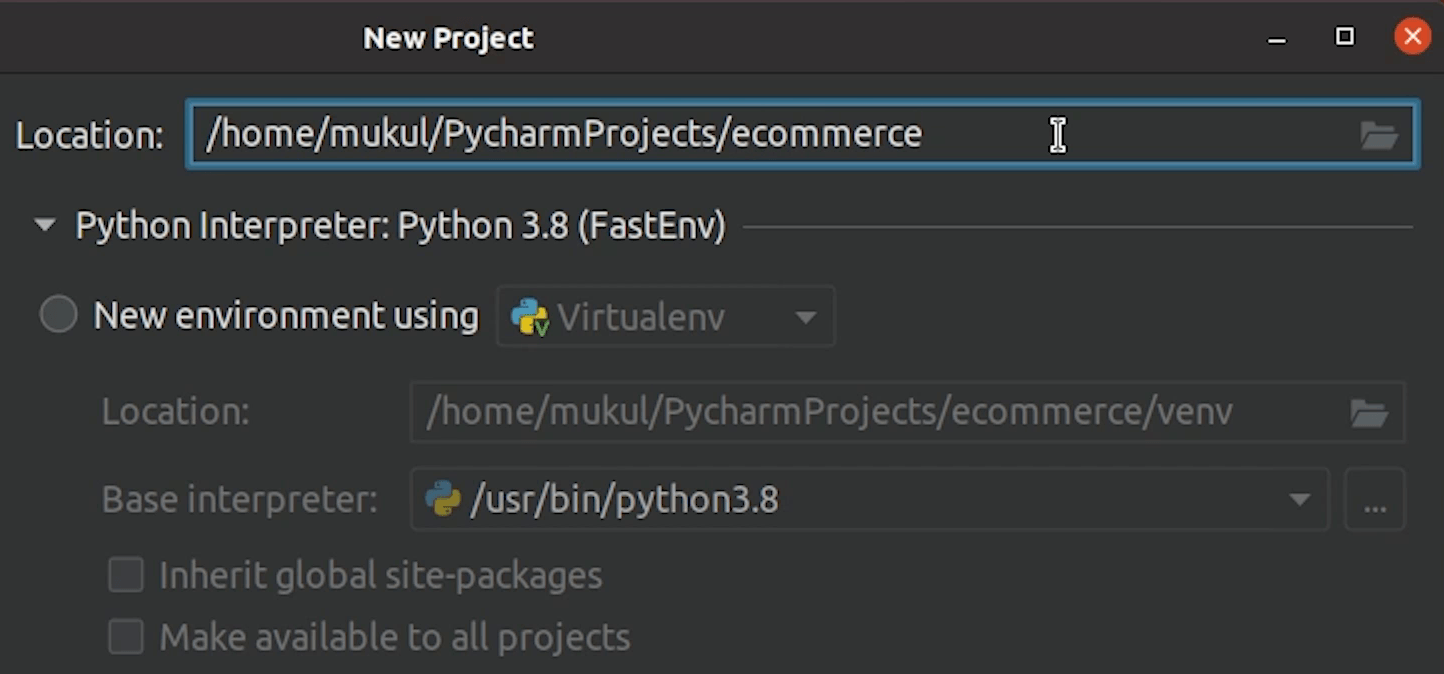
I am going to click on the previously configured interpreter. It has automatically picked up the location, this is because I have used the same environment name for a different project earlier.
There are many flavours provided by PyCharm for setting up the interpreter like Docker, remote SSH, WSL etc.
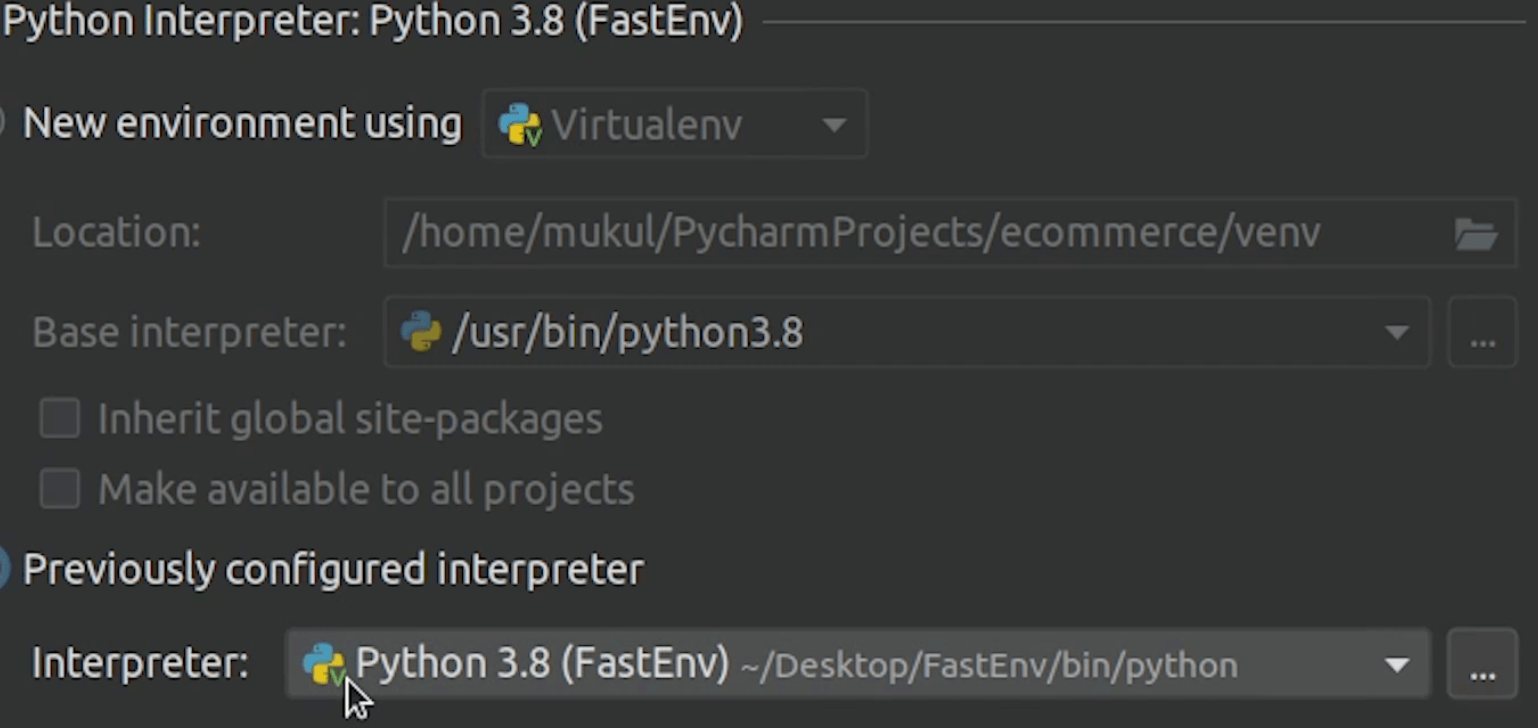
Once the interpreter has been configured, I am going to click on Create.
Our project got successfully bootstrapped. PyCharm has generated two files: main.py and test_main.http
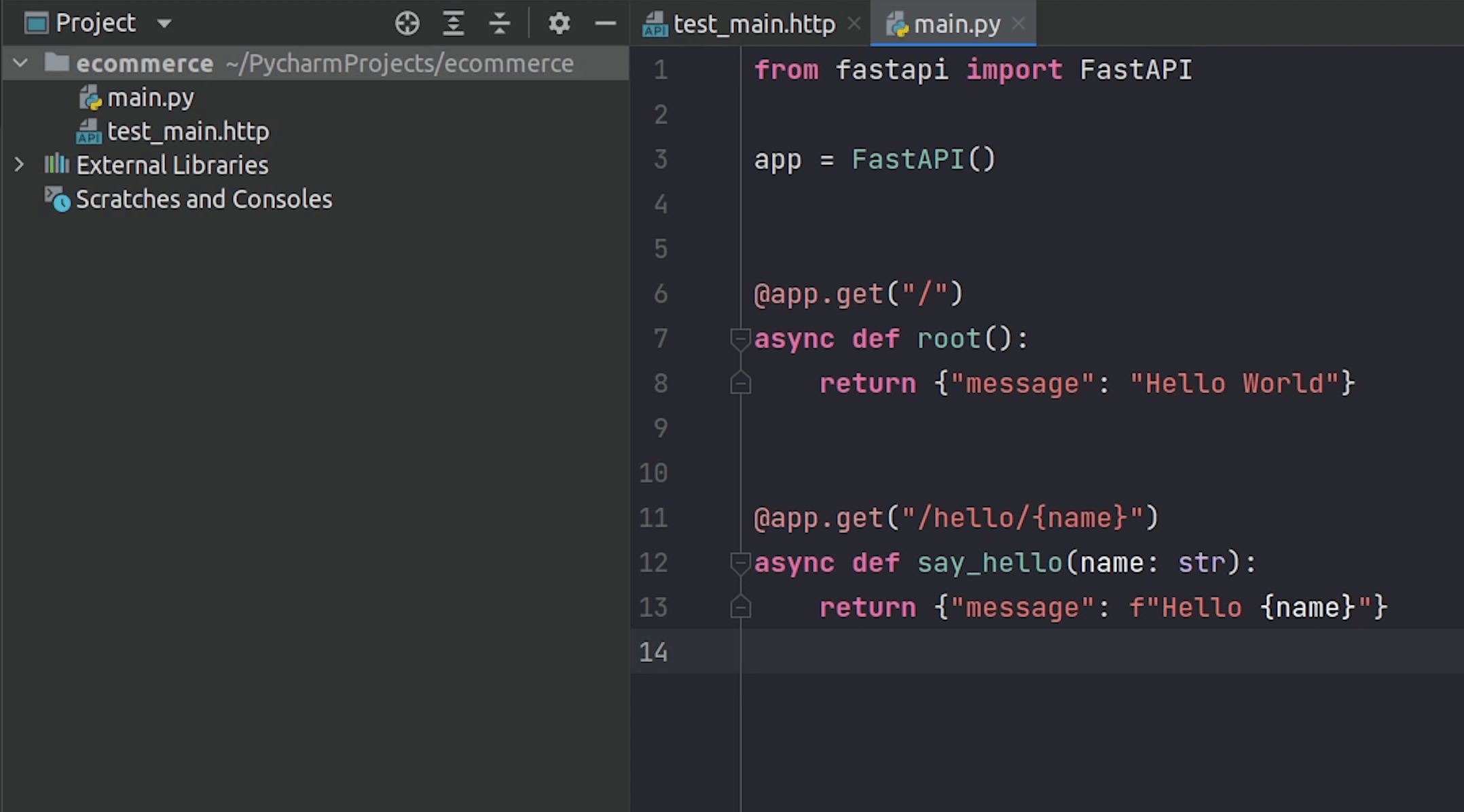
The main.py contains two apis : root and say_hello
The root is going to return a json response with a message hello world and the say_hello function returns a string
which accepts a parameter name from the user.
If you have observed then you can see that it took only 8 lines of code to write our first API.
The test_main.http contains the FastAPI endpoints where you can test your rest apis,
something similar to Newman CLI.
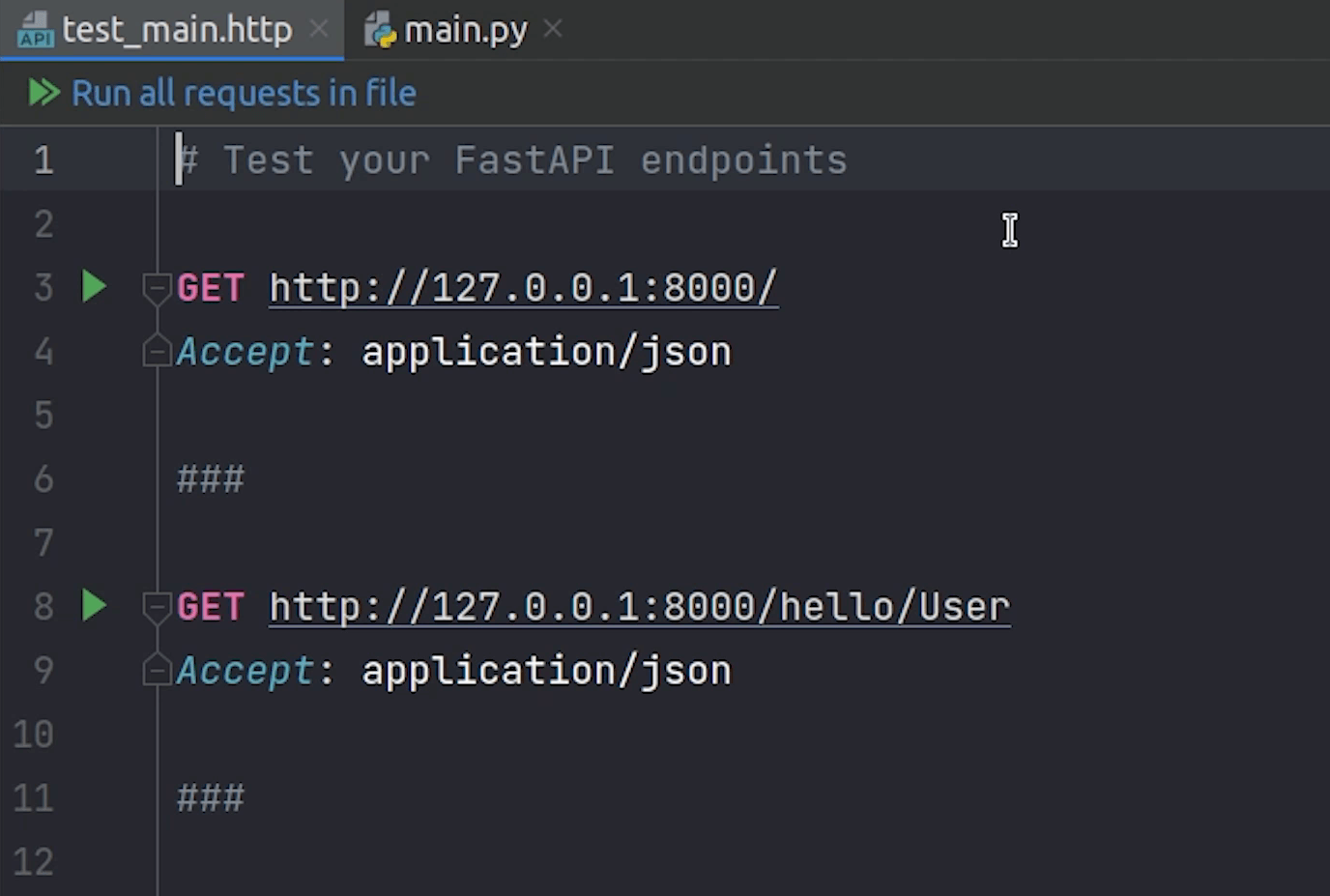
So, let’s begin by running our application. I will click on Run and then Run ‘ecommerce’.
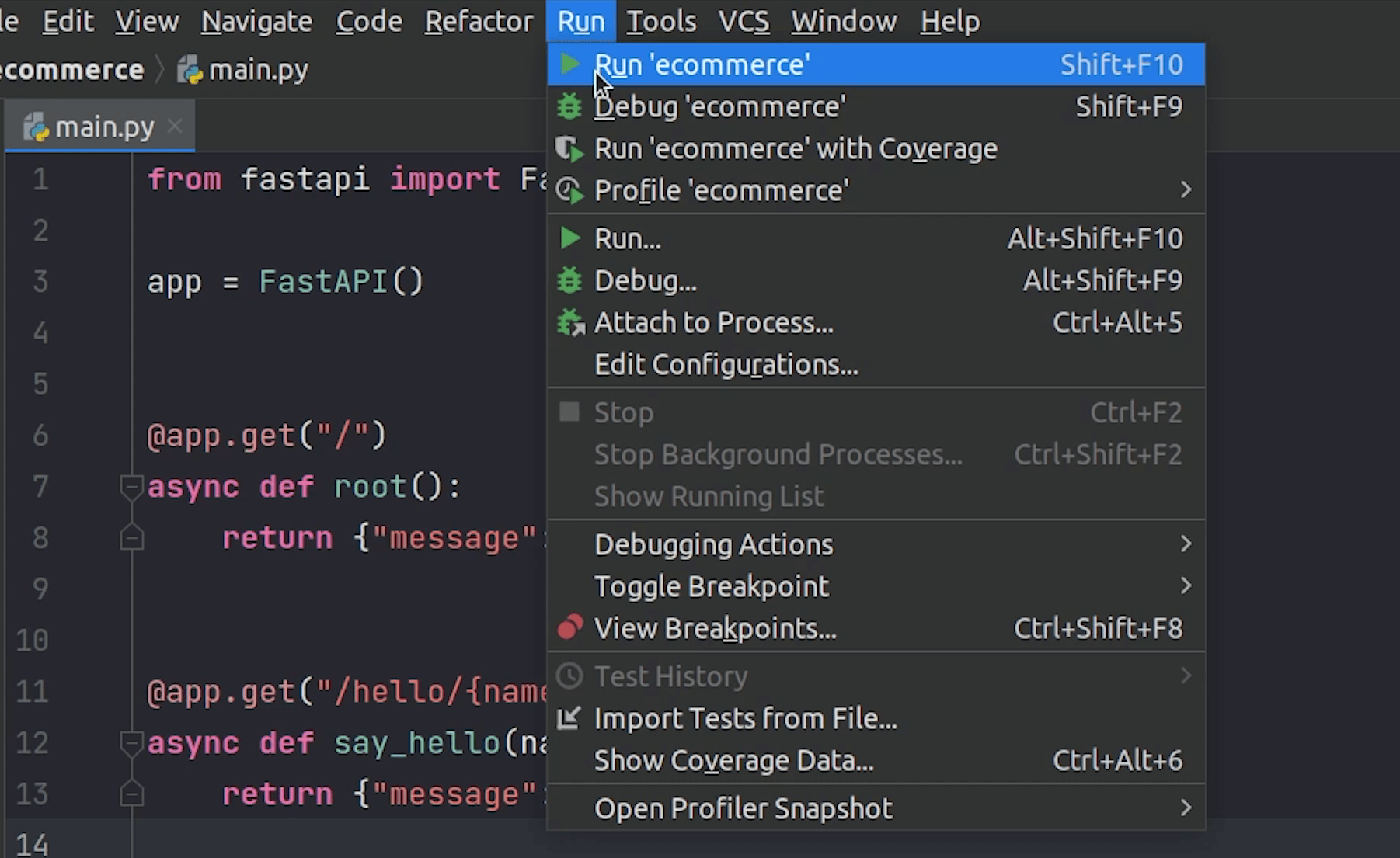
You can observe the console output, it is running successfully on localhost on port 8000.
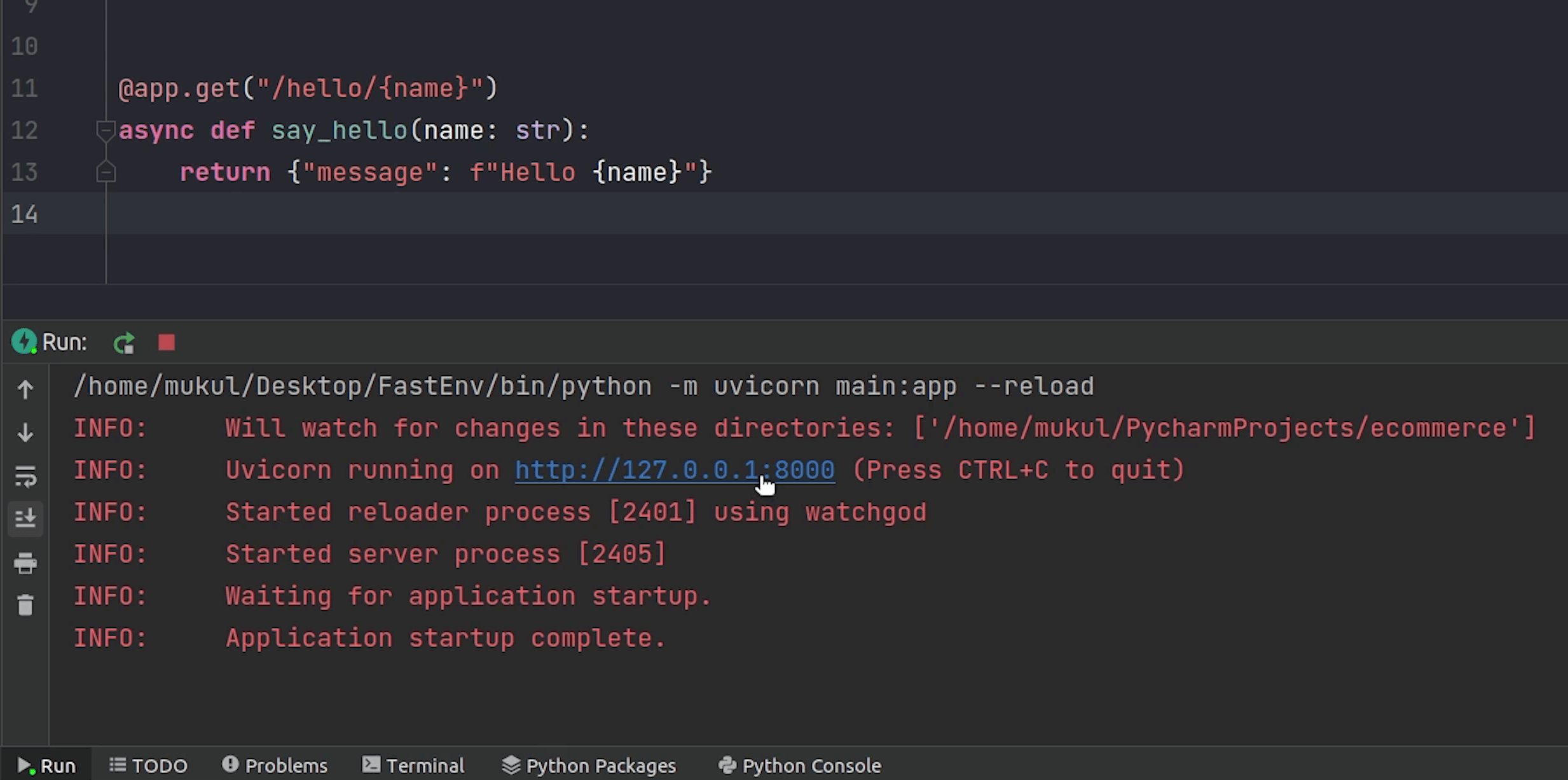
I will open the browser and check the response.
Yes, it works fine. I got the response Hello World.
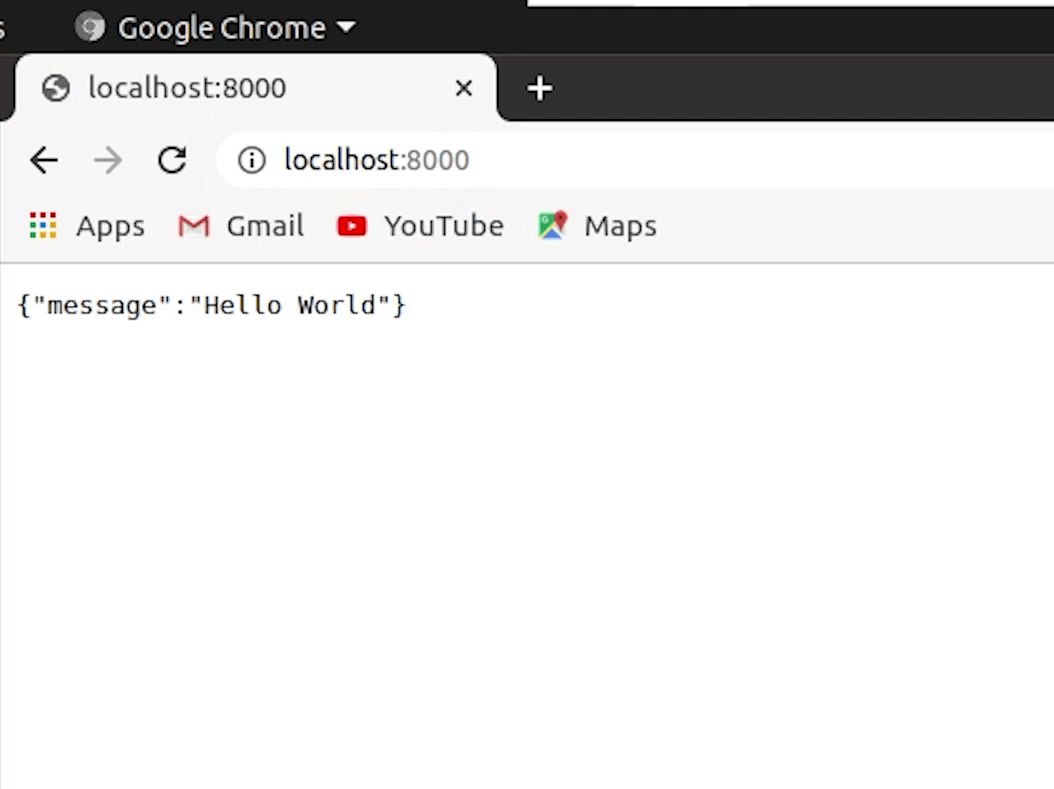
FastAPI Docs
FastAPI also generates automatic API docs for us at path /docs. It uses the OpenAPI standard for defining API.
It uses two flavours: Swagger UI & ReDoc.
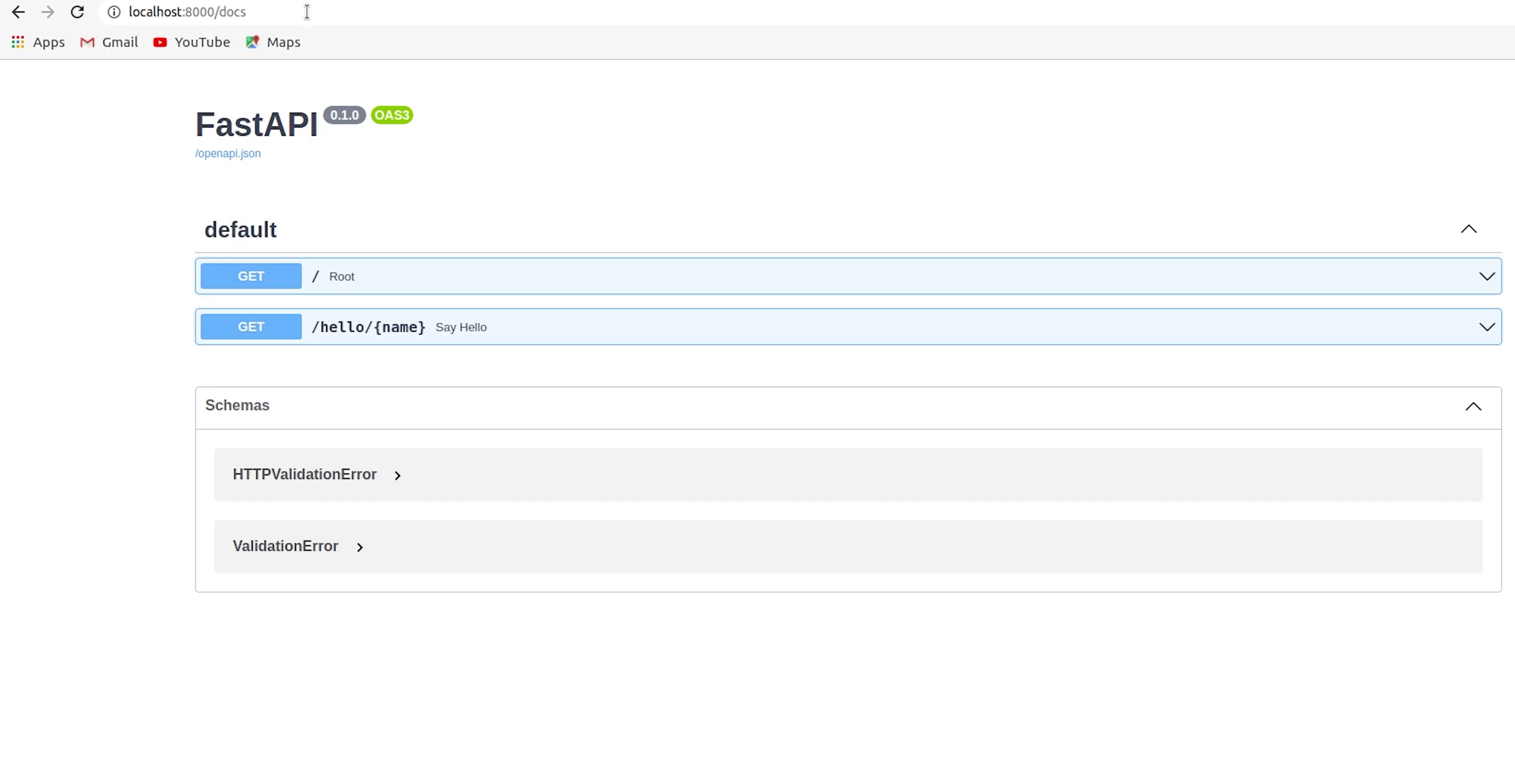
Let me test one of our APIs. I am going to pass the name and click on execute.

And yes, it works. You can see the response message “Hello Sample”
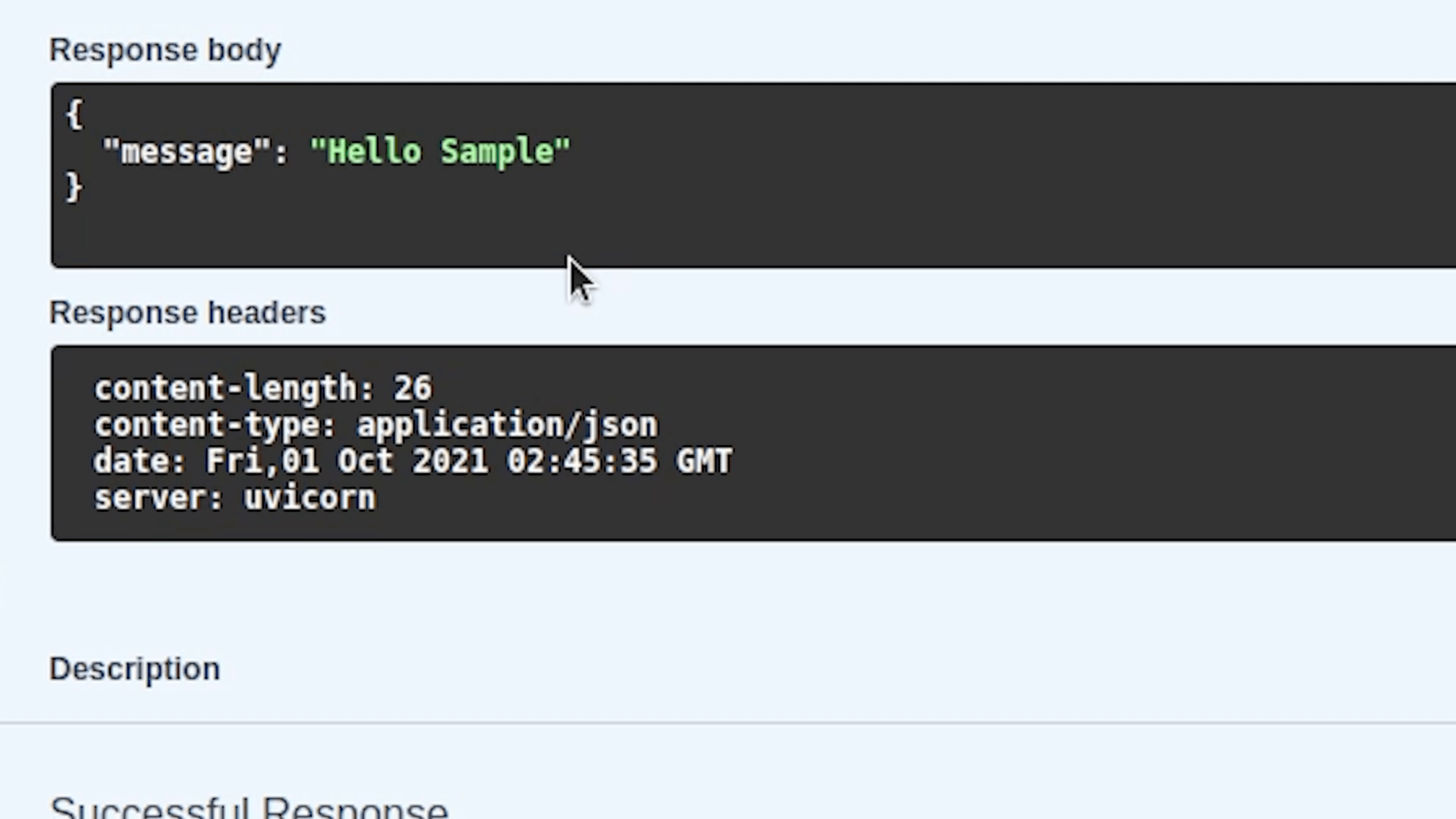
You can do a lot of things with docs, if you want to play around then definitely check the official documentation.
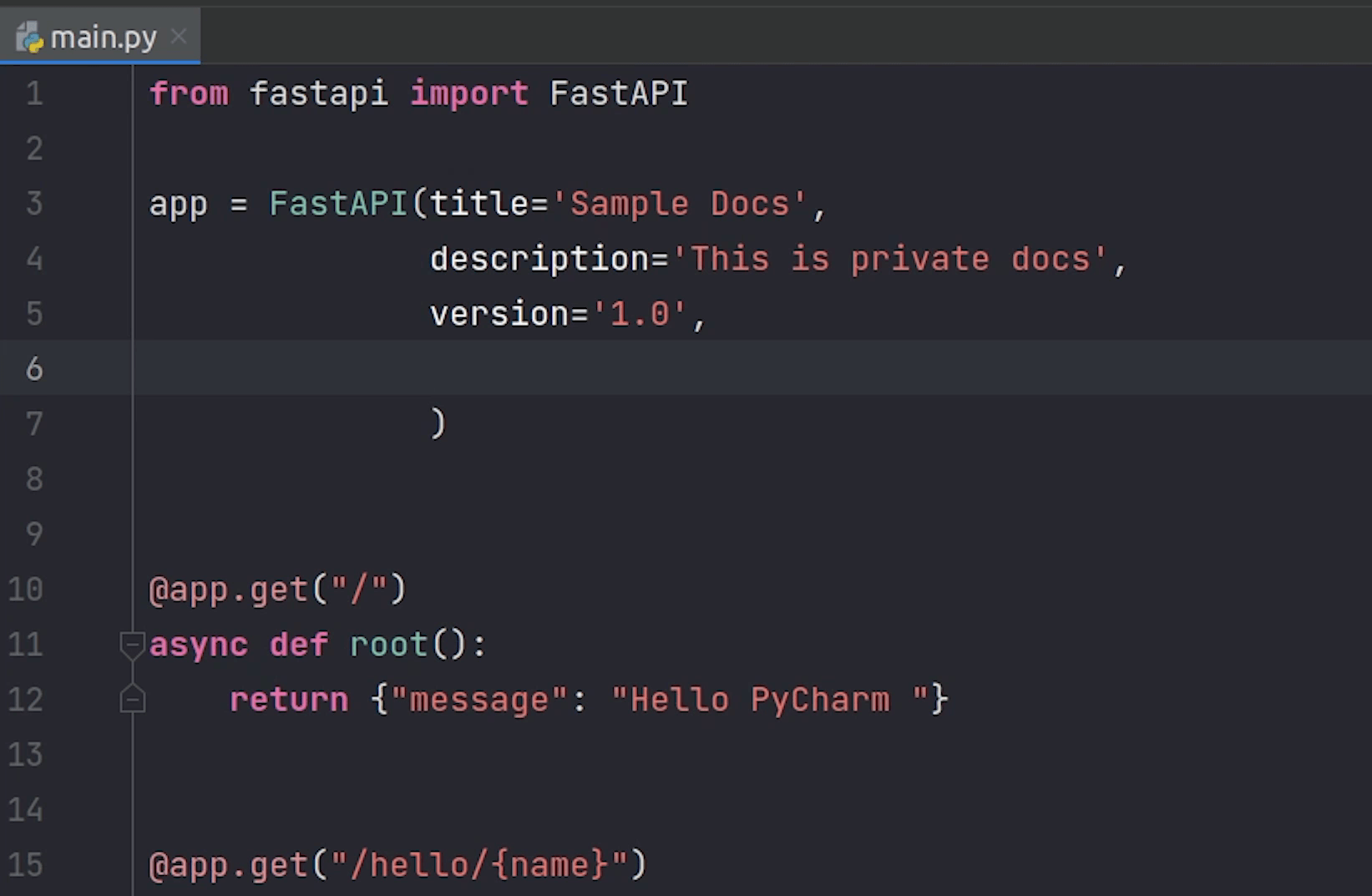
I am going to provide a little more meta information to my docs like title, description, version, etc.
Let me save it and refresh. You can see that title, description and version have been updated.
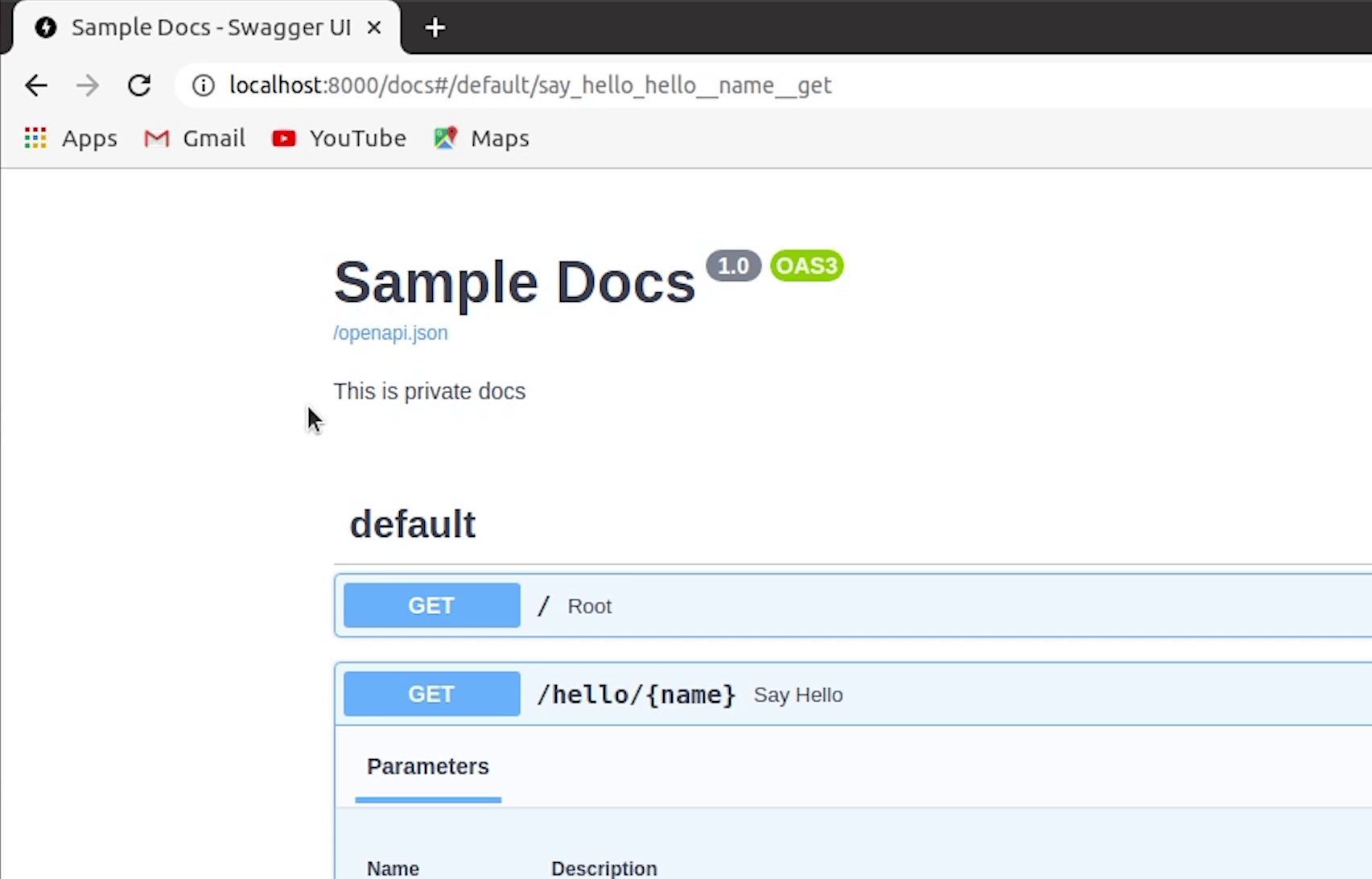
You can also disable it while your application is running in production, so you don’t want to expose docs to the outside world.
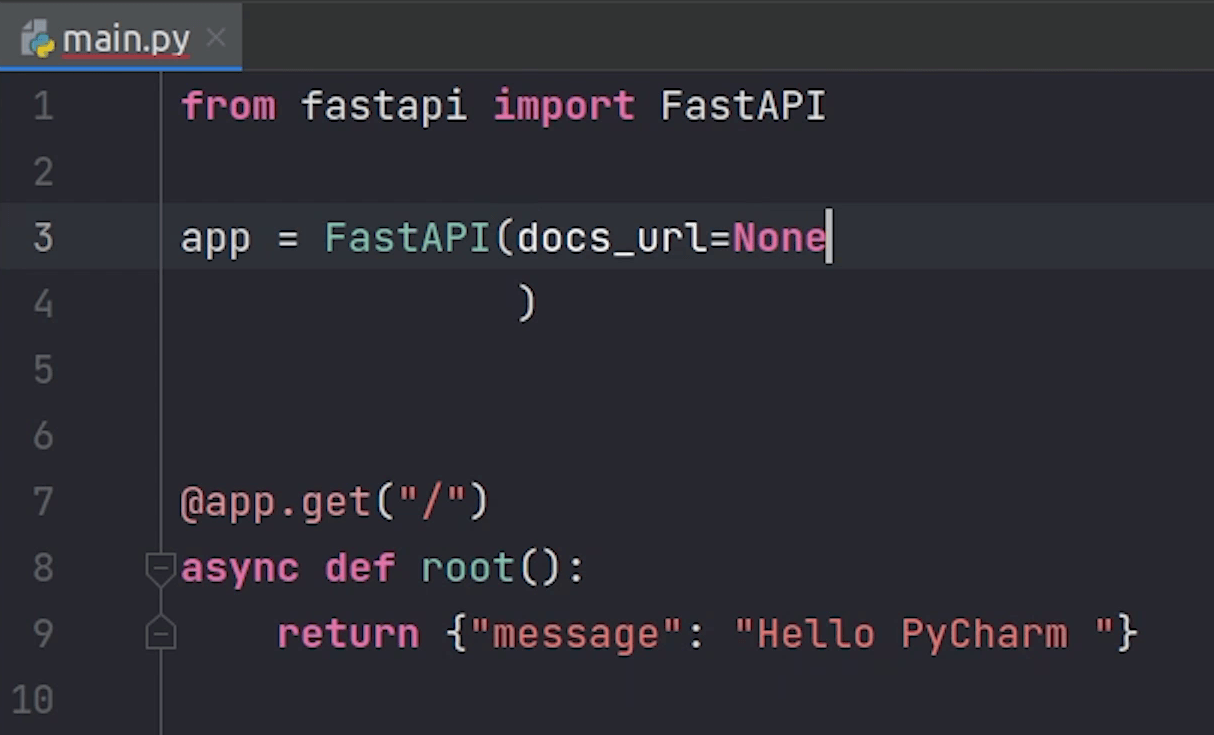
You can see now it's showing Not Found, this is really cool.
You can change path name in docs_url to point towards a different path name, completely up to you.
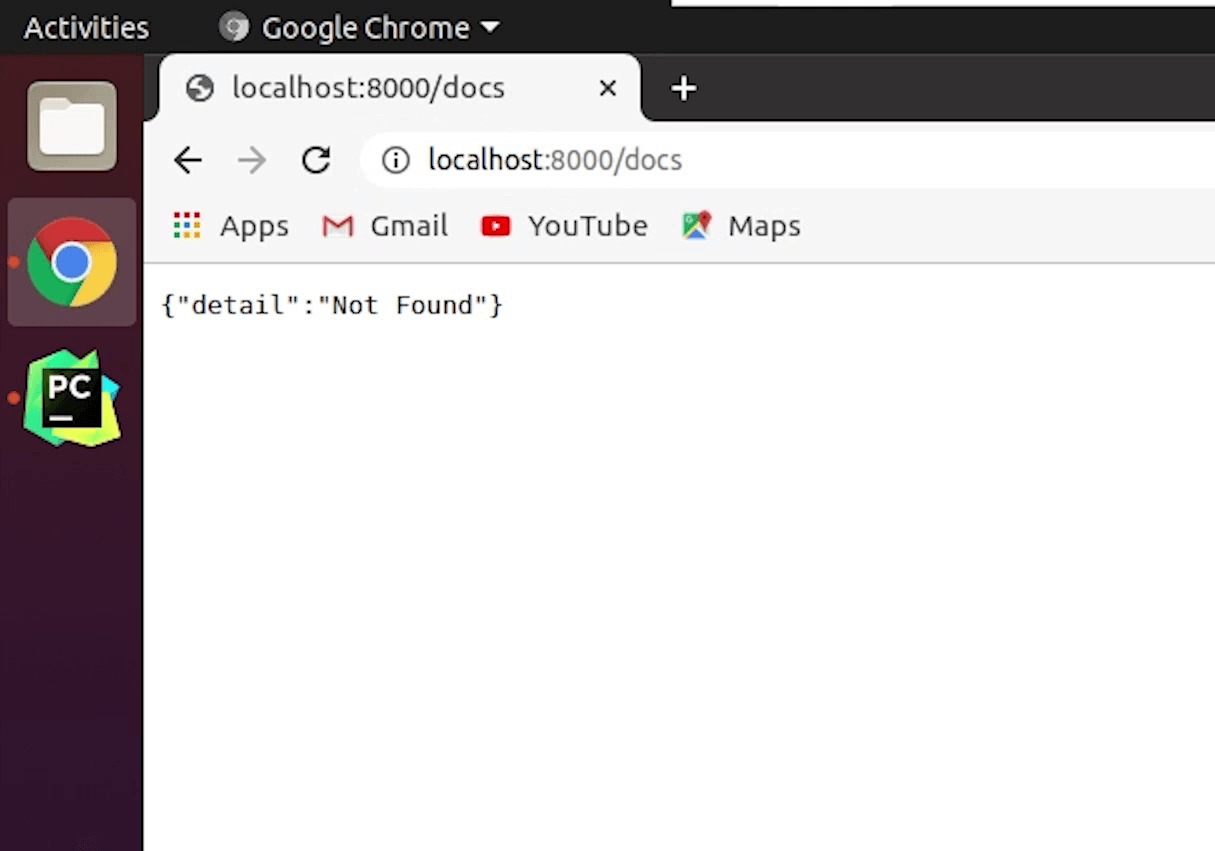
Let me show you one more interesting thing. I am going to change the name from string to integer.
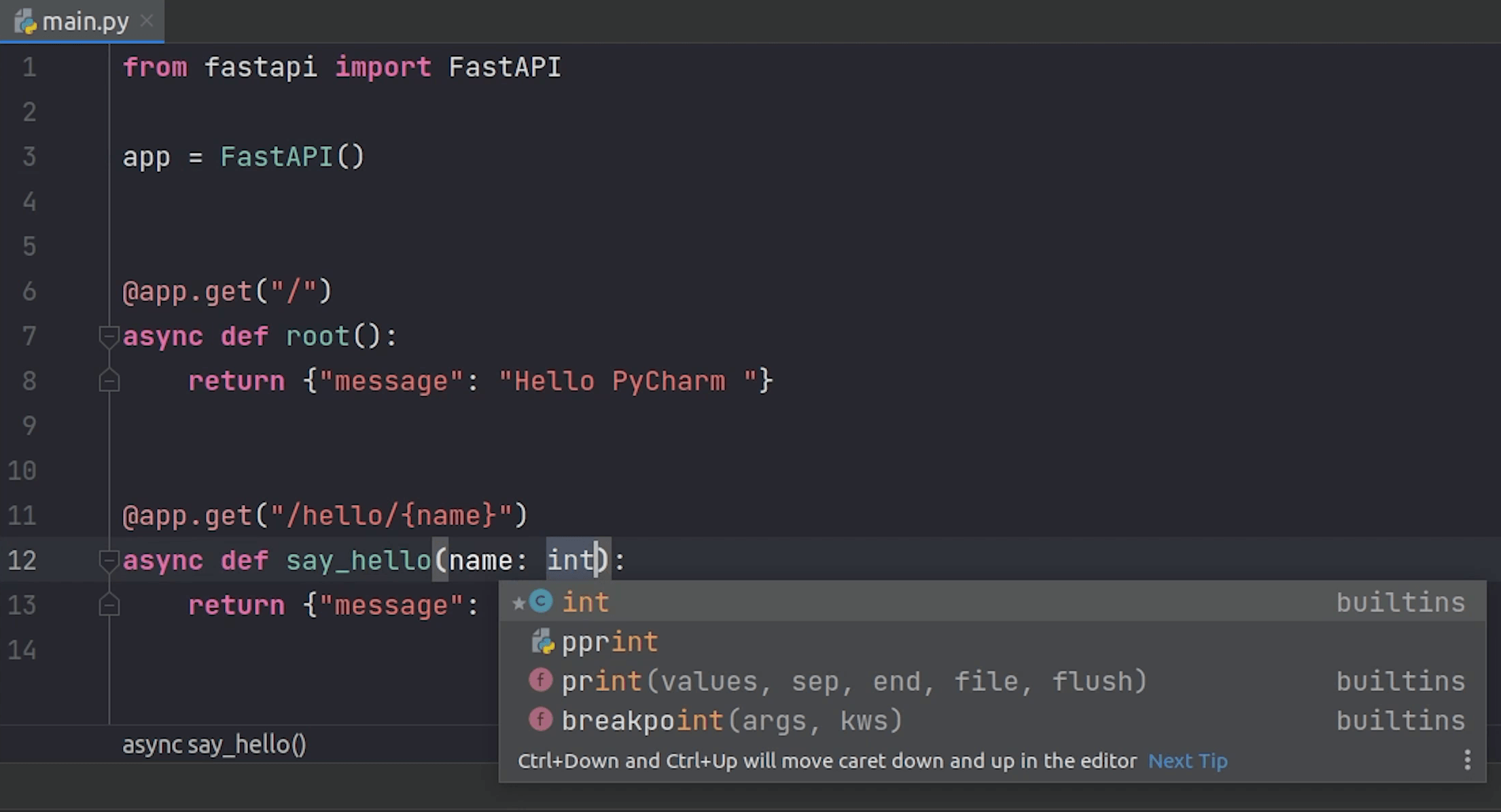
Now, you can observe in the docs that now it needs integer to be passed instead of string.
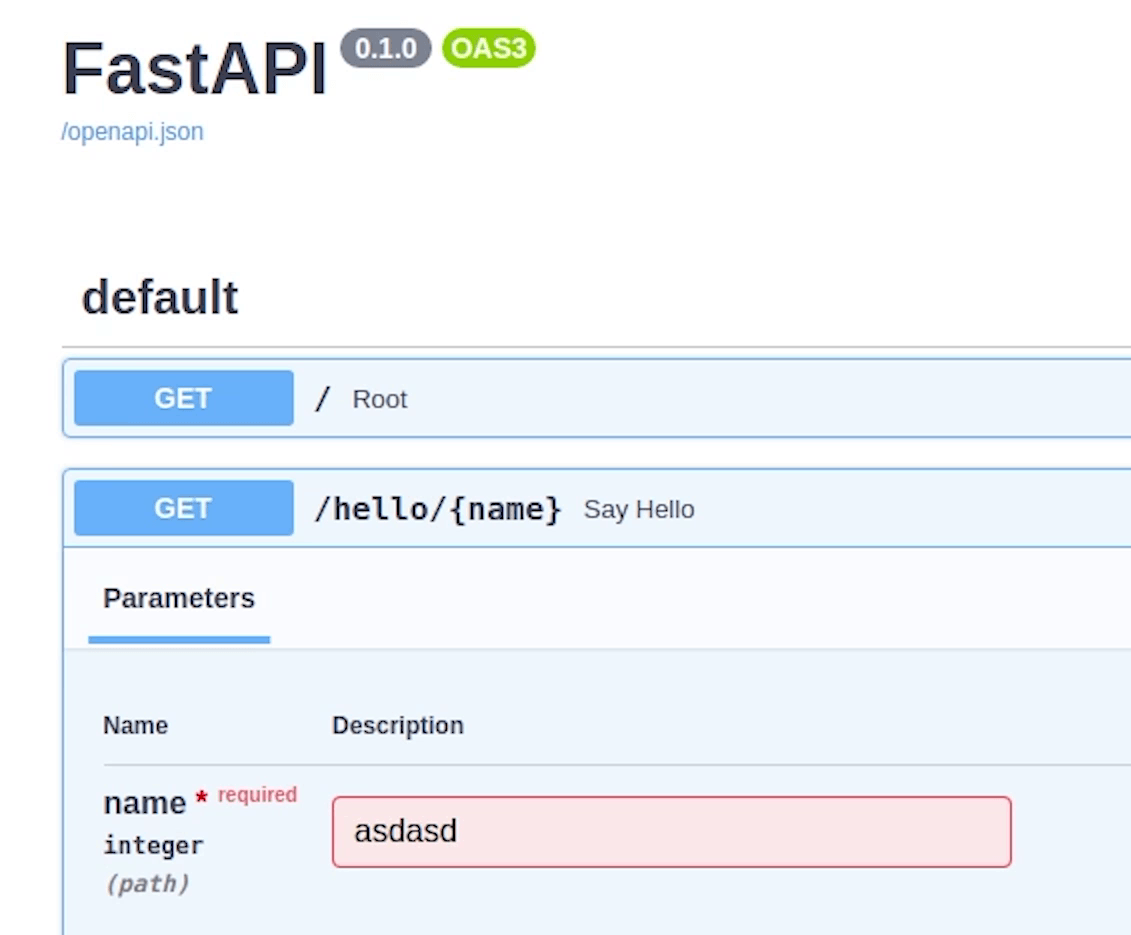
Even if I pass a string, it’s not going to accept it. You don’t even need to write a separate validation for it.
Thanks to Pydantic & type-hints, this makes life easy.
I hope you are going to explore more amazing features provided by FastAPI.
In the next tutorial we are going to look into integrating FastAPI with Postgres along-with outlining our project.
